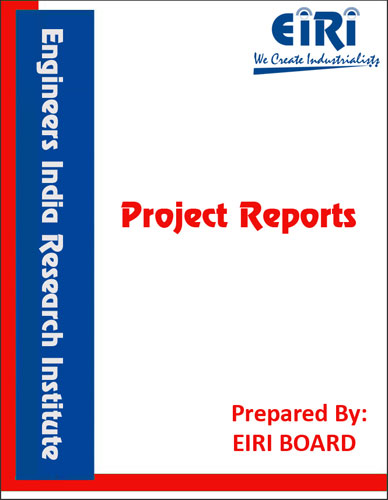LIQUID GLUCOSE FROM POTATOES
The project report includes Present Market Position and Expected Future Demand, Market Size, Statistics, Trends, SWOT Analysis and Forecasts. Report provides a comprehensive analysis from industry covering detailed reporting and evaluates the position of the industry by providing insights to the SWOT analysis of the industry.
We can prepare PROJECT REPORT as per your INVESTMENT PLAN for BANK LOAN REQUIREMENT and INDUSTRY ANALYSIS. All reports are prepared by highly qualified consultants and verified by a panel of experts.
Have Query? Click Here to Chat
Industry Expert is Online, Chat with him for more detail.

Potato is widely consumed as food all over the world. It contains the starch as a major carbohydrate. Surplus and cull potatoes are used as feed for live stock and also as raw material for the manufacture of starch, ethyl alcohal and a few other industrial products like, dextrose, liquid Glucose etc.
The potato contains approximately 18-21% of carbohydrates. The major carbohydrate is starch. This starch is comprising 65-80% of the dry weight of the tuber, is calorifically the most important nutritional component. In the raw tuber , it is present as microscopic granules in levcoplasts lining the interior cell walls of parenchyma tissue. The granule is ellipsoidal in shape, 100N*60N, with striations like an oyster shell. Under polarized light, the granule shows an irregular black cross. Electron micrographs reveal a surprising smooth surface structure. The ratio of amylase to amylopectine in potato starch is 24:76 and the gelatinization temperature ranges from 56oC to 69oC with water this starch forms a translucent paste of high viscosity. Freshly harvested mature tubers contain more sugars than the large ones. A slight rise in total sugars is observed when tubers are stored at 20-30oC. However when the storage temperature is 4o or less., the total reducing sugars increase, the rate and extent of increase being greater when lower the temperature down to the freezing point. The maximum sugar concentration (3 to 10%) is reached after 4-8 weeks.
PROJECT REPORT COVERS:
- Introduction
- Uses and Applications
- Properties
- Market Survey with future aspects
- Present Manufacturers
- B.I.S. Specifications
- Manufacturing Process with Formulae
- Cost Economics with Profitability Analysis
- Capacity
- Land & Building Requirements with Rates
- List & Details of Plant and Machinery with their Costs
- Raw Materials
- Details/List and Costs
- Power & Water Requirements
- Labour/Staff Requirements
- Utilities and Overheads
- Total Capital Investment
- Turnover
- Cost of Production
- Break Even Point
- Profitability
- Land Man Ratio
- Suppliers of Plant & Machineries and Raw Materials.



